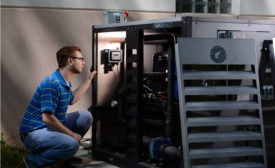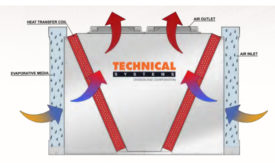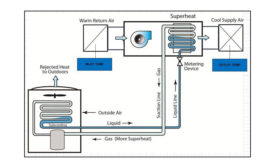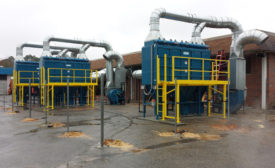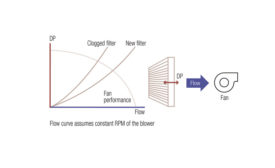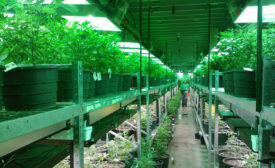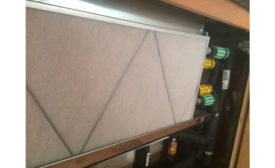Technical
Anti-Microbial Option in Chiller/Cooling Tower Applications
Innovative design hinders the growth of hazardous cooling tower-borne pathogens
July 24, 2017
Adiabatic Technology Helps Cooling Keep Pace with Data Center Growth
More efficient cooling technology helps provide more computer power in same space
July 10, 2017
The Value of Remote Residential HVAC Monitoring and Diagnostics
It's a win-win for contractors and homeowners
Read More
Welding Shop Design for Educational Facilities
Should government regulations for hexavalent chromium be relaxed?
Read More
Proper Filter Monitoring
More often than not, filters are being changed too late
May 22, 2017
Calnetix Technologies Supplies Key Components for New US Navy Chiller System
High-efficiency super capacity chiller system successfully completes certification tests
May 8, 2017
Increase Marijuana Yield with Custom Refrigeration Units
New system handles daytime temperature and nighttime humidity with a single system
April 17, 2017
New Research from NIST Identifies Research Needs for Alternative Refrigerants
Researchers must look beyond nonflammable chemicals
April 3, 2017
Old Induction Units: Tear Out or Replace?
Facility managers face critical decisions when replacing aging induction units
March 20, 2017
Copyright ©2025. All Rights Reserved BNP Media.
Design, CMS, Hosting & Web Development :: ePublishing
